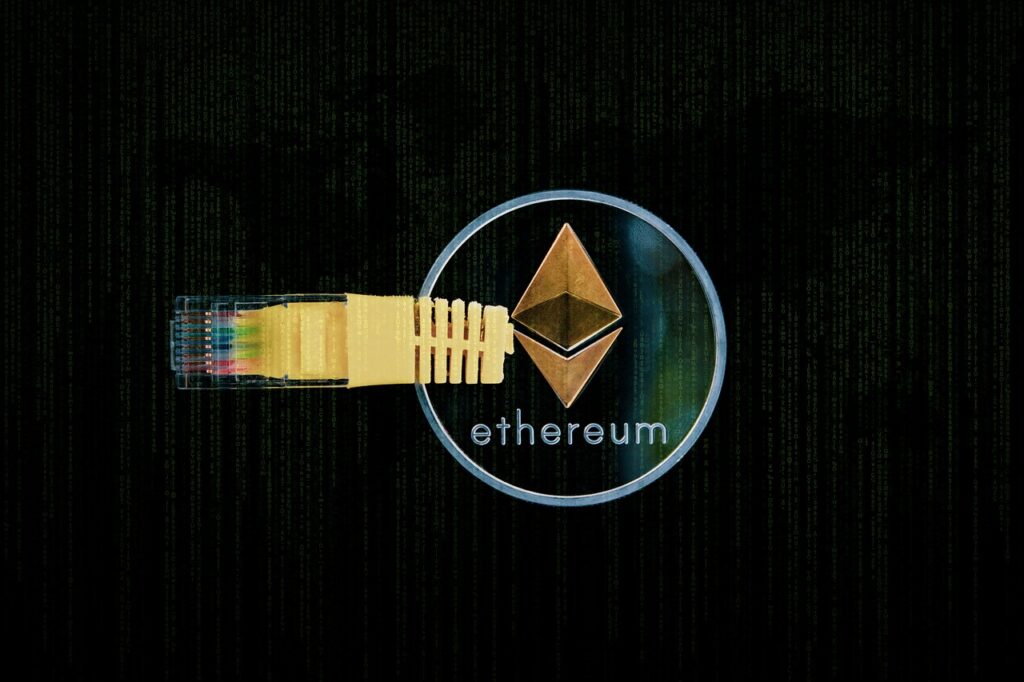In recent years, blockchain has become one of the most transformative technologies, changing how we think about money, contracts, data sharing, and even identity. Behind this revolutionary system lies a simple but powerful concept: validation.
But what is the meaning of validation in blockchain systems? How does it work, why is it important, and what role does it play in keeping the system secure and trustworthy?
This blog will take a deep dive into the concept of validation in blockchain systems, breaking it down into easy-to-understand terms and offering insights into how it powers one of the most secure digital technologies ever created.
Table of Contents
- 1 What Is Validation?
- 2 What Does Validation Mean in Blockchain?
- 3 Why Validation Matters in Blockchain
- 4 How Nodes Validate Transactions in Blockchain
- 5 Step-by-Step Transaction Validation:
- 6 Common Blockchain Validation Mechanisms
- 7 1. Proof of Work (PoW)
- 8 2. Proof of Stake (PoS)
- 9 3. Delegated Proof of Stake (DPoS)
- 10 4. Practical Byzantine Fault Tolerance (PBFT)
- 11 Real-World Analogy: Validating a Check
- 12 Challenges and Limitations of Blockchain Validation
- 13 Conclusion: Validation Is the Heartbeat of Blockchain
What Is Validation?
Before diving into blockchain specifics, let’s take a step back and look at what validation means in general terms.
To validate something is to check its accuracy, truthfulness, or authenticity. For example:
- A bank validates your ID before letting you open an account.
- A website validates your email before letting you register.
- A teacher validates an answer to check if it’s correct.
In all these cases, validation is about trust. It’s a process that ensures something follows the expected rules or standards.
What Does Validation Mean in Blockchain?
In blockchain systems, validation refers to the process of verifying whether a transaction or block is legitimate according to the rules of the blockchain protocol.
In simpler terms, when someone sends cryptocurrency or records a piece of data on a blockchain, the network must check:
- Is the transaction real?
- Is the sender authorized to make it?
- Is there enough balance?
- Has this data or coin been used before?
Only when all these checks are passed will the transaction be considered valid and added to the blockchain.
So, validation is not just a technical step — it is the foundation of trust in a decentralized system where no single authority is in control.
Why Validation Matters in Blockchain
Traditional systems rely on centralized authorities like banks, governments, or big tech companies to verify transactions and maintain trust. Blockchain turns this model upside down by allowing anyone to participate in the network without needing a central authority.
But this freedom introduces a new problem: How can you trust the system if there’s no one “in charge”?
This is where validation becomes essential. Through cryptographic rules and consensus mechanisms, blockchain networks enable decentralized trust. Every transaction must go through a strict validation process, enforced by software and agreed upon by multiple nodes (computers) in the network.
Without validation:
- Double spending could occur (spending the same cryptocurrency twice).
- Fraudulent transactions could be added to the blockchain.
- The entire system could collapse due to a lack of trust.
How Nodes Validate Transactions in Blockchain
Blockchain networks are made up of nodes — computers that store, verify, and sometimes create new blocks of transactions. Here’s how the validation process usually works:
Step-by-Step Transaction Validation:
- Transaction Creation
A user initiates a transaction (e.g., sending 1 BTC to someone else). - Broadcast to the Network
The transaction is sent to a pool where nodes (called “validators” or “miners”) can see it. - Validation by Nodes
Each node checks:- Is the transaction properly signed with the sender’s private key?
- Does the sender have enough balance?
- Has this cryptocurrency already been used in another transaction?
- Valid Transactions Are Grouped Into Blocks
If the transaction passes all checks, it’s included in a block of valid transactions. - Consensus Mechanism Confirms the Block
Nodes must agree (reach consensus) that the entire block is valid using mechanisms like:- Proof of Work (PoW)
- Proof of Stake (PoS)
- Delegated Proof of Stake (DPoS)
- Practical Byzantine Fault Tolerance (PBFT)
- Block Is Added to the Blockchain
Once consensus is reached, the block becomes a permanent part of the blockchain.
Common Blockchain Validation Mechanisms
Different blockchains use different methods for validation. Here’s a closer look at the most widely used ones:
1. Proof of Work (PoW)
Used by Bitcoin, PoW requires nodes (miners) to solve complex math puzzles. The first to solve the puzzle gets to validate the block and earn a reward. It’s secure but energy-intensive.
2. Proof of Stake (PoS)
Used by Ethereum 2.0 and others, PoS selects validators based on the amount of cryptocurrency they “stake” or lock up. It’s more energy-efficient than PoW.
3. Delegated Proof of Stake (DPoS)
This method allows token holders to vote for a small number of trusted validators who then validate transactions. It’s faster and more democratic.
4. Practical Byzantine Fault Tolerance (PBFT)
Used in private blockchains, PBFT allows nodes to come to an agreement quickly, even if some nodes are faulty or malicious. Ideal for enterprise use.
Real-World Analogy: Validating a Check
To help you visualize how blockchain validation works, imagine the process of depositing a check:
- You give a check to your bank.
- The bank checks if the check is real.
- They confirm that the account it’s drawn on has enough funds.
- If everything checks out, they deposit the money into your account.
Now imagine this process, but instead of one bank, hundreds of computers (nodes) check the validity of the check, and only when a majority agrees that it’s real, it gets approved and recorded.
That’s blockchain validation in a nutshell.
Challenges and Limitations of Blockchain Validation
While blockchain validation is powerful, it’s not without challenges:
- Scalability: Validating every transaction can slow down the network, especially in PoW systems.
- Energy Usage: Proof of Work consumes massive amounts of electricity.
- Centralization Risks: In some systems, a small group of validators may gain too much influence.
- Latency: The Time taken to reach consensus can be significant in high-traffic networks.
Developers are constantly working on improving validation methods to make blockchain faster, greener, and more scalable.
Conclusion: Validation Is the Heartbeat of Blockchain
So, what is the meaning of validation in blockchain systems?
It’s the critical process of verifying transactions and data before they are added to the blockchain. It’s how trust is built — not through institutions, but through mathematics, consensus, and transparent rules.
Without validation, blockchain would be no different from any other database. But with it, it becomes a trustless, decentralized, and secure technology that has the potential to revolutionize industries across the globe.
Understanding how validation works gives us a clearer view into the future of digital finance, decentralized apps, and beyond, where trust is no longer given, but mathematically proven.
















